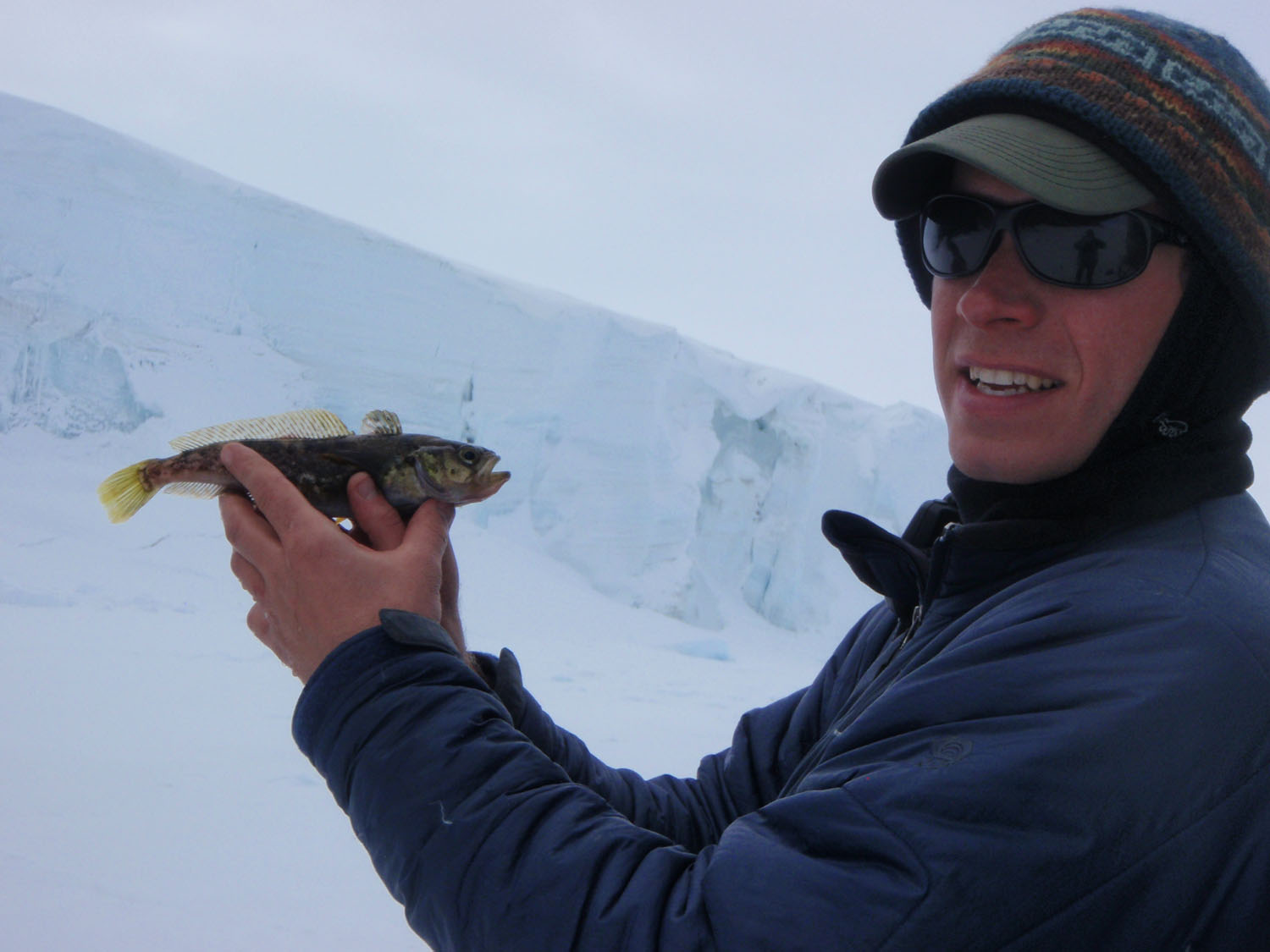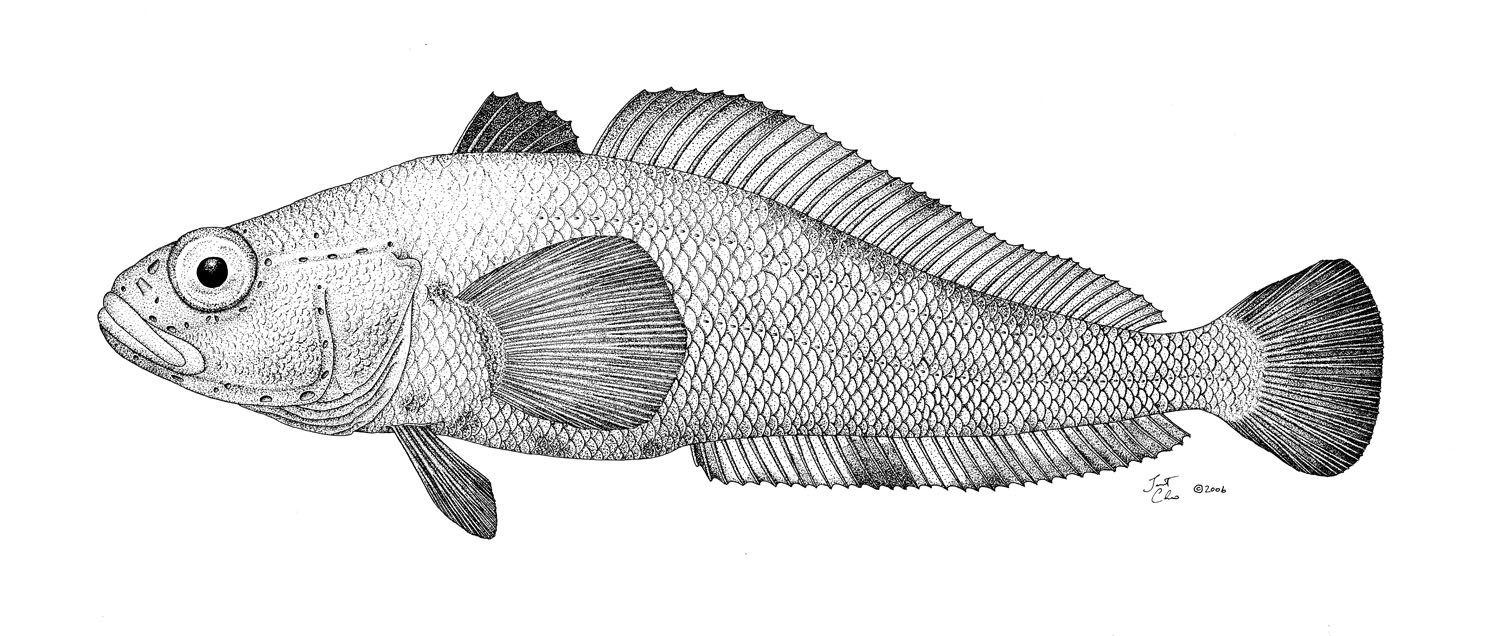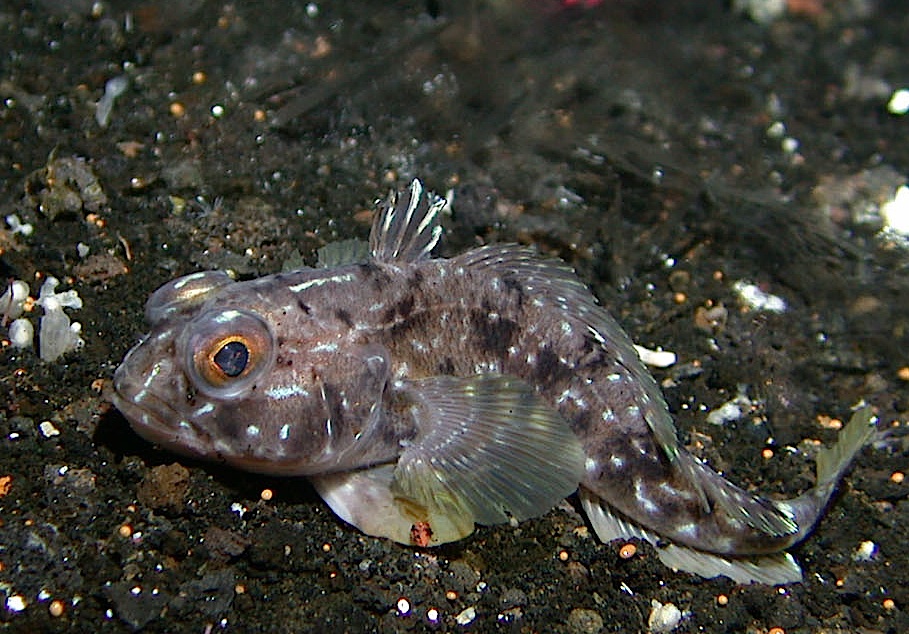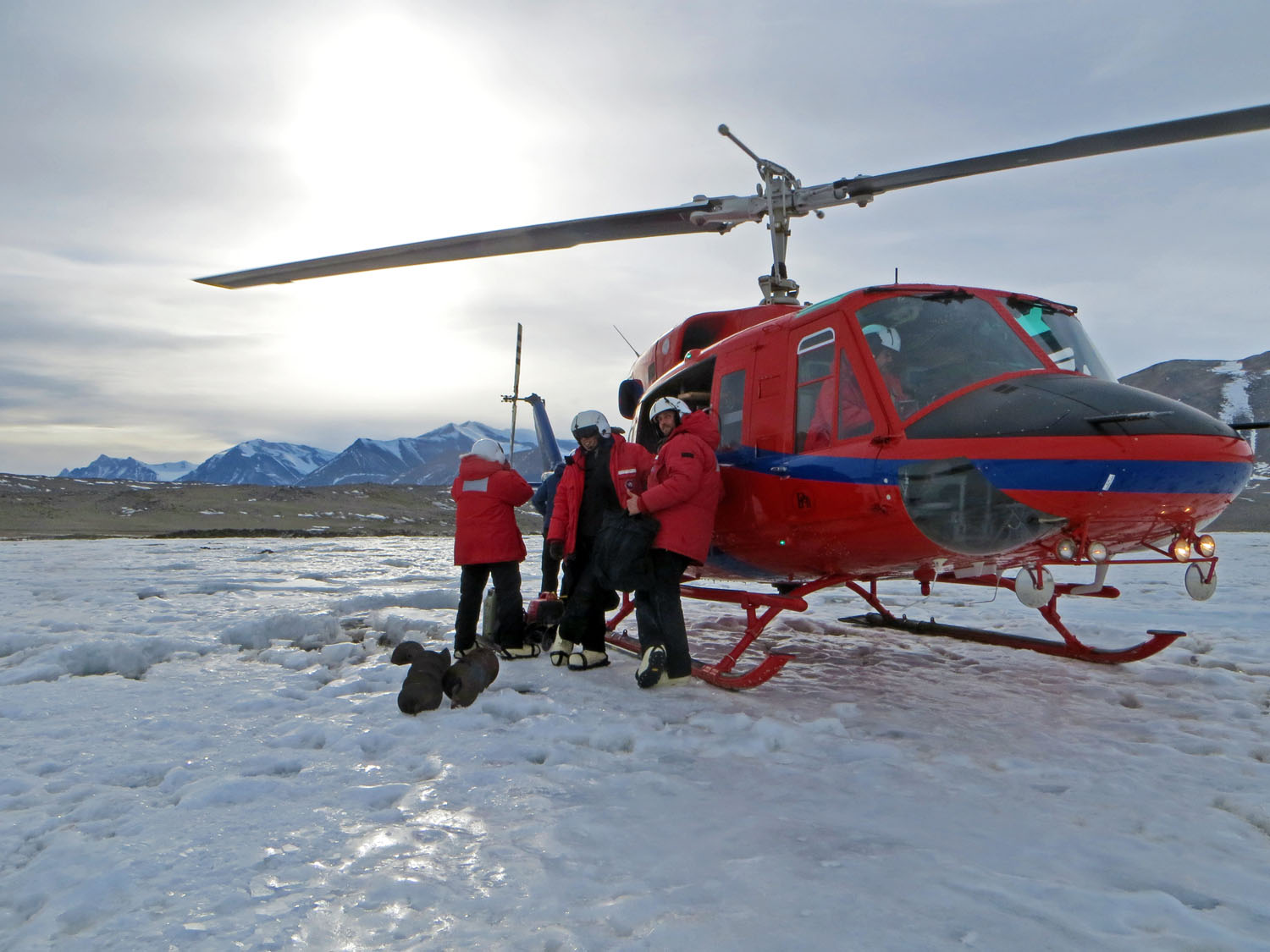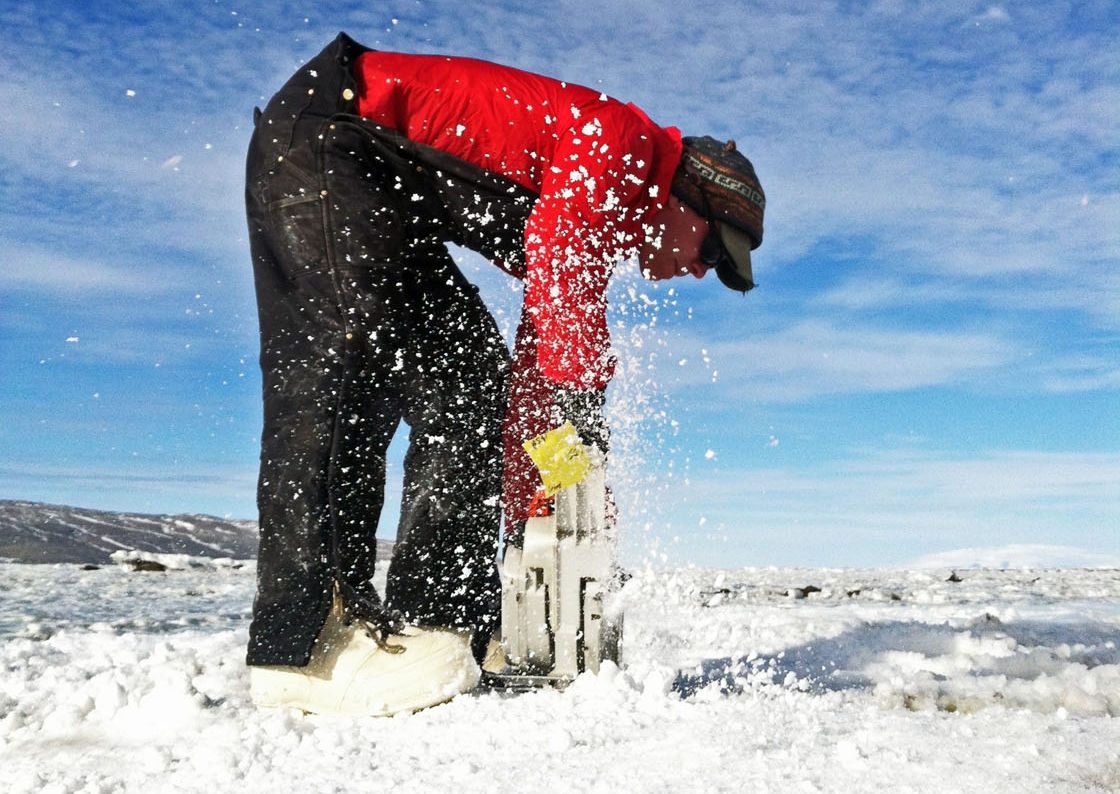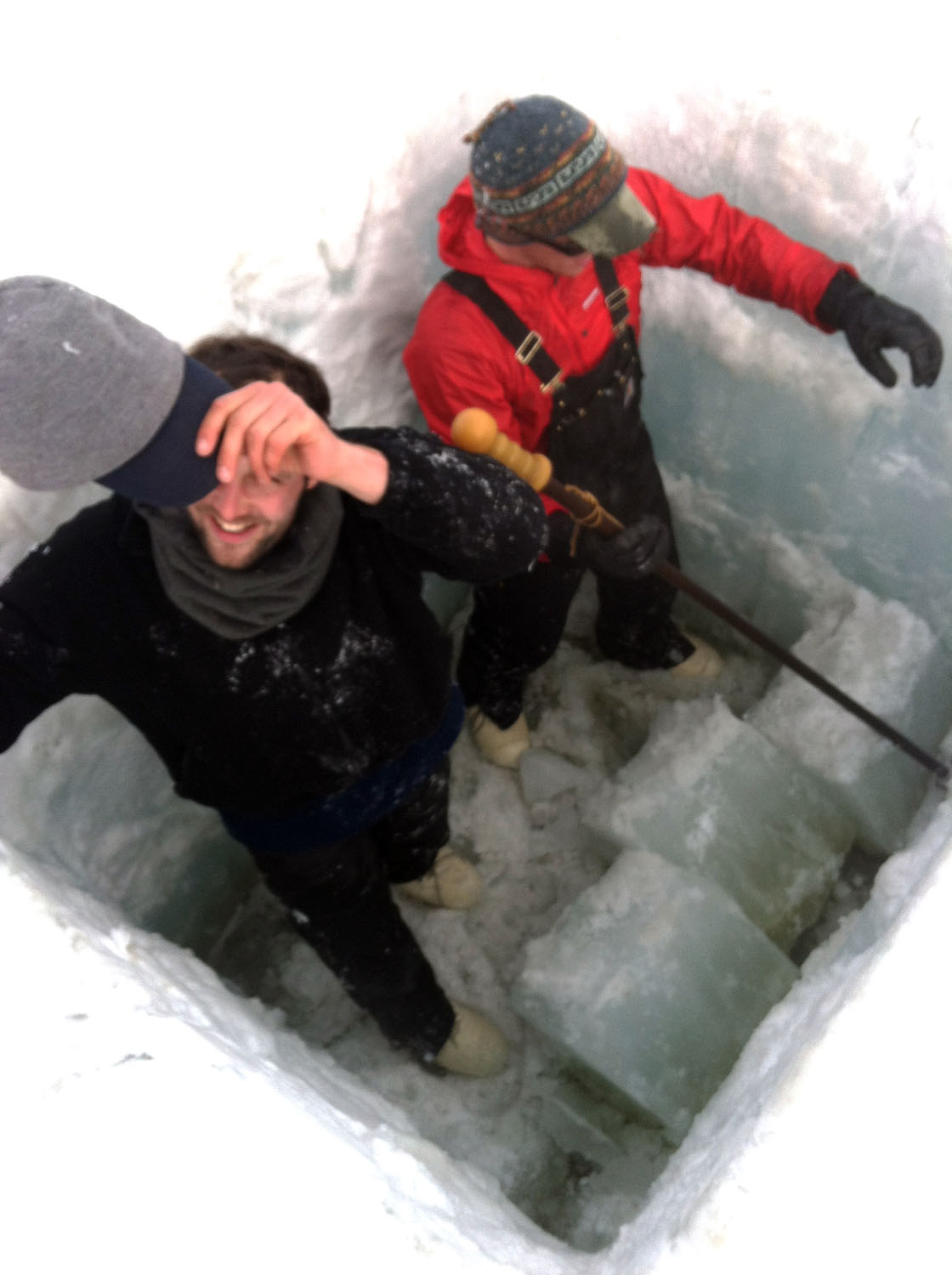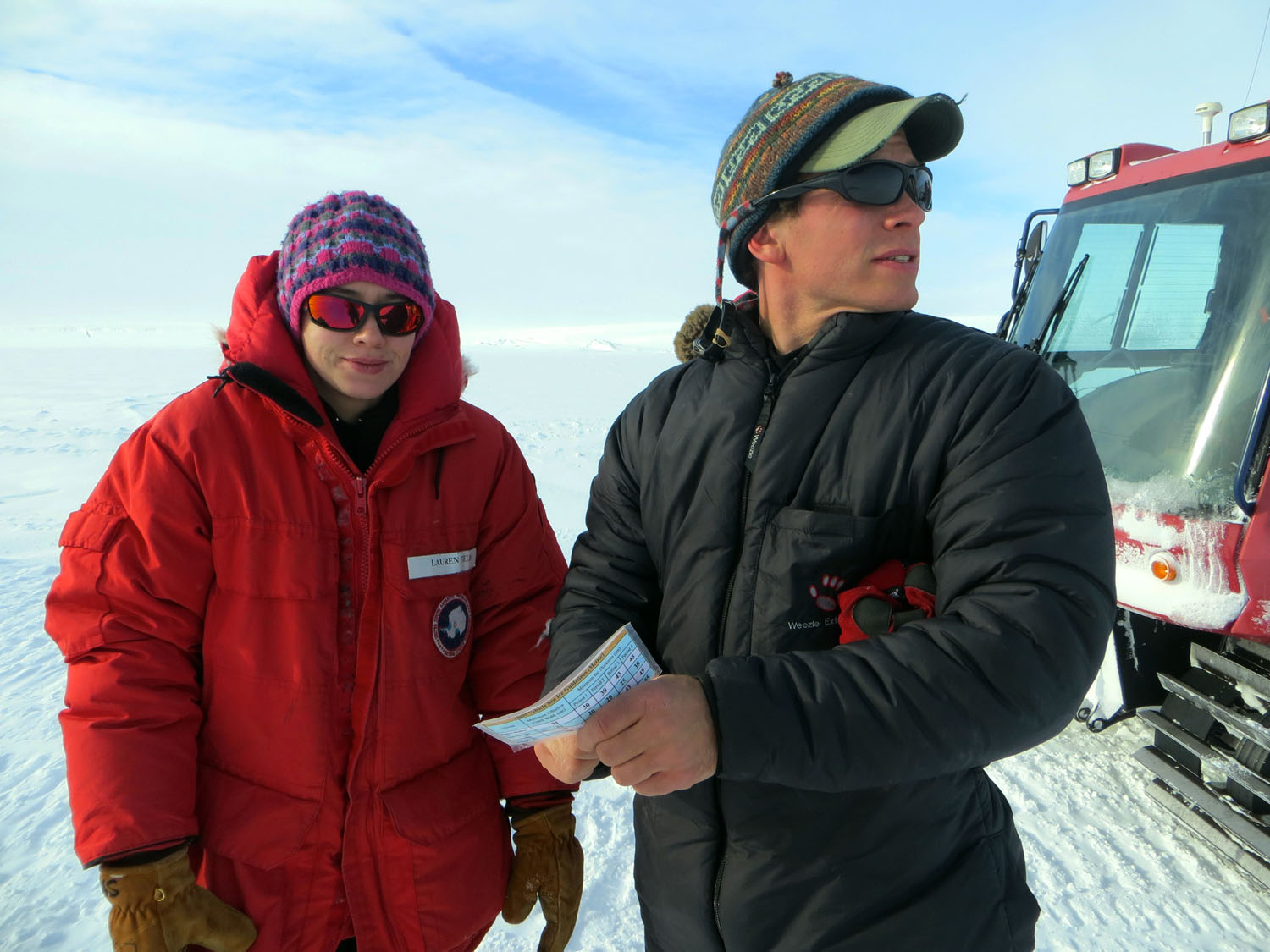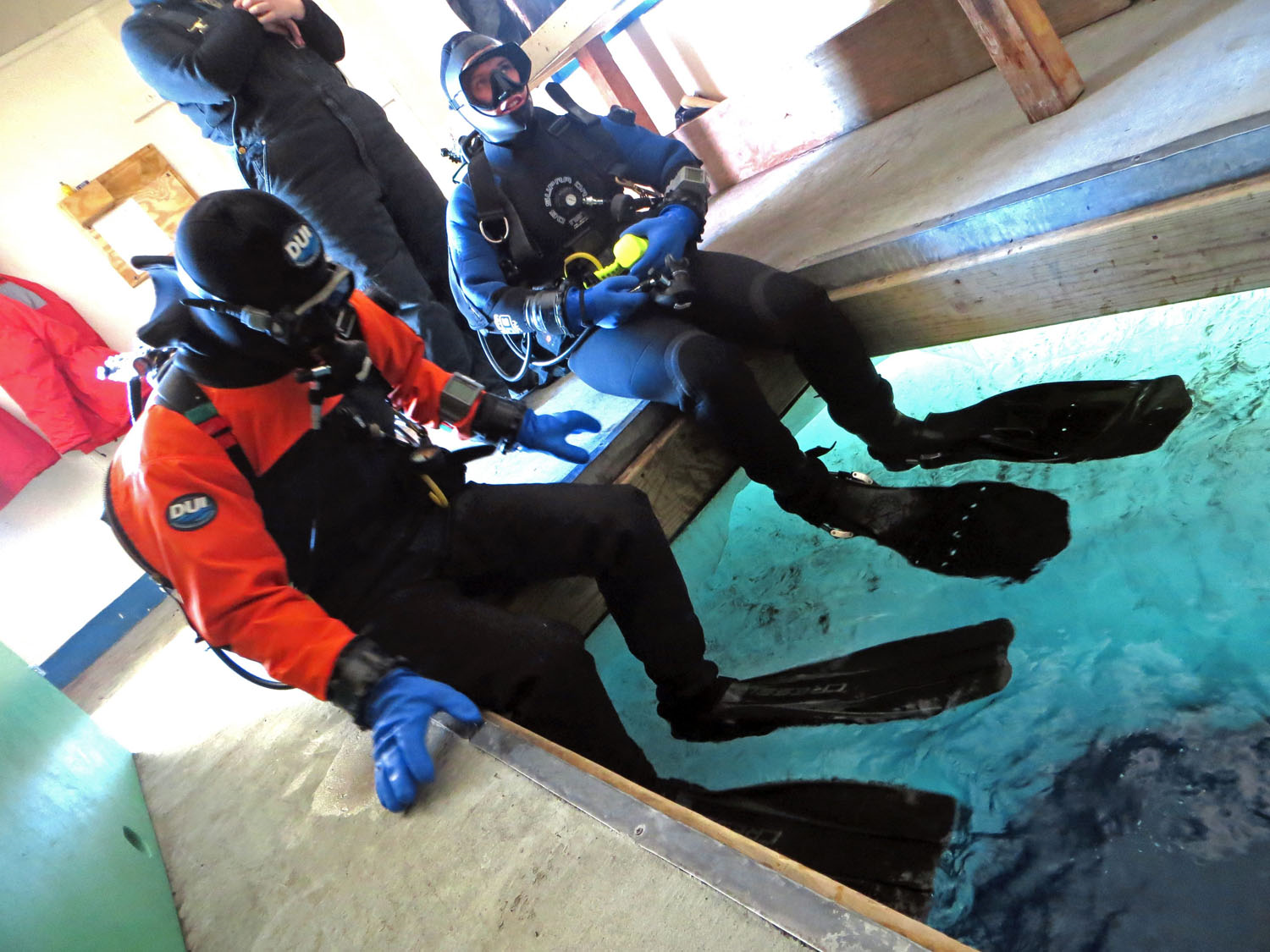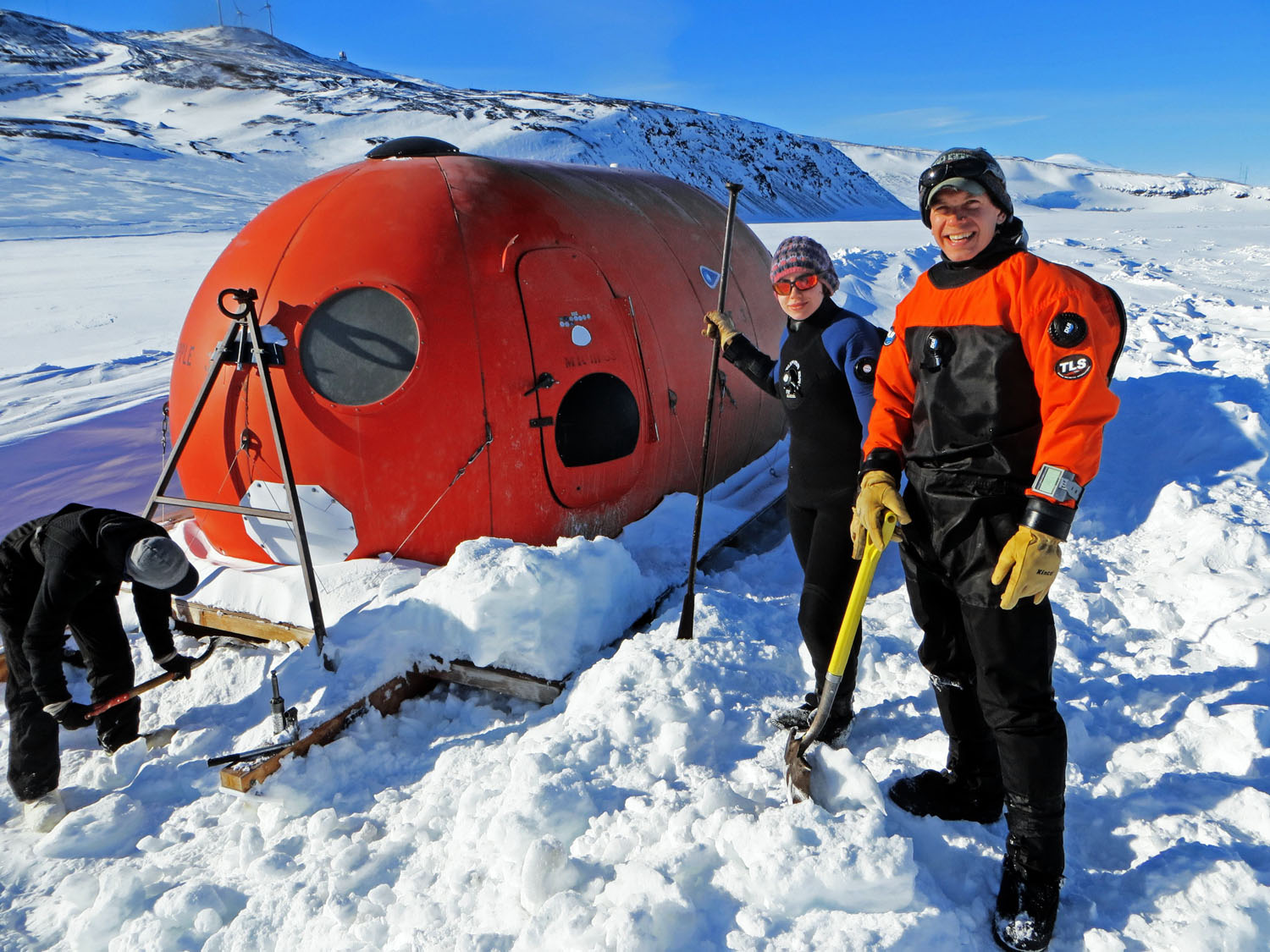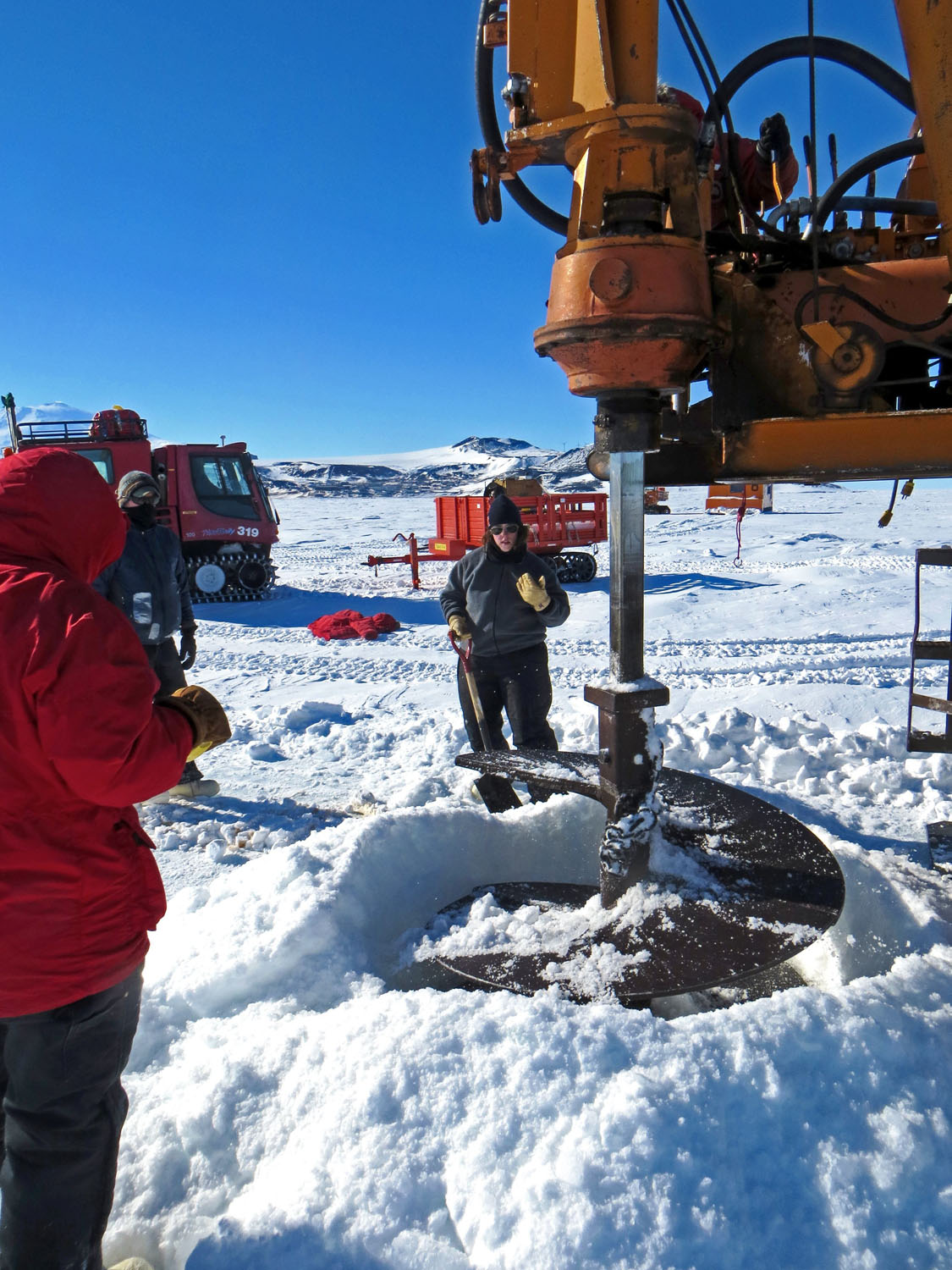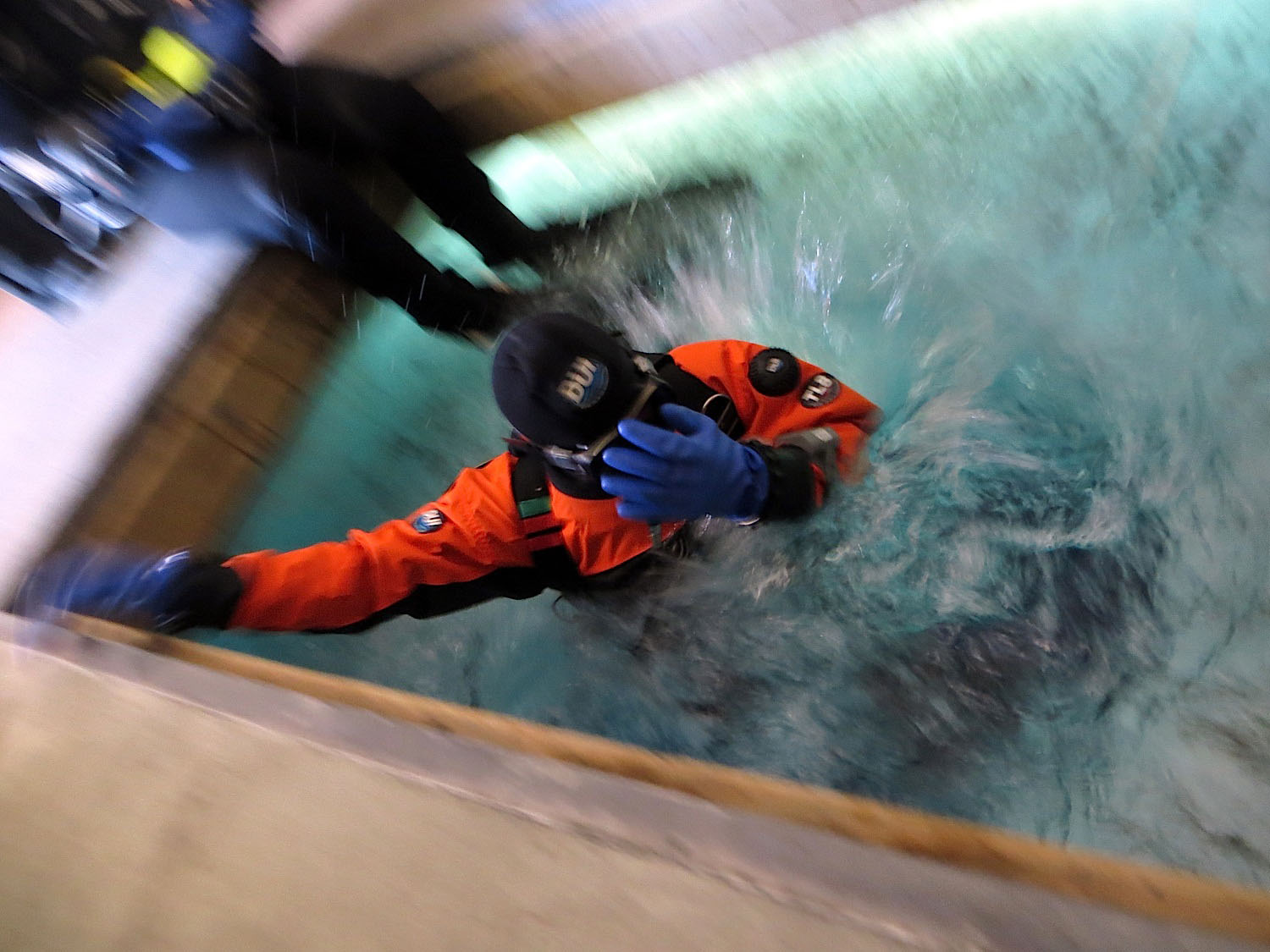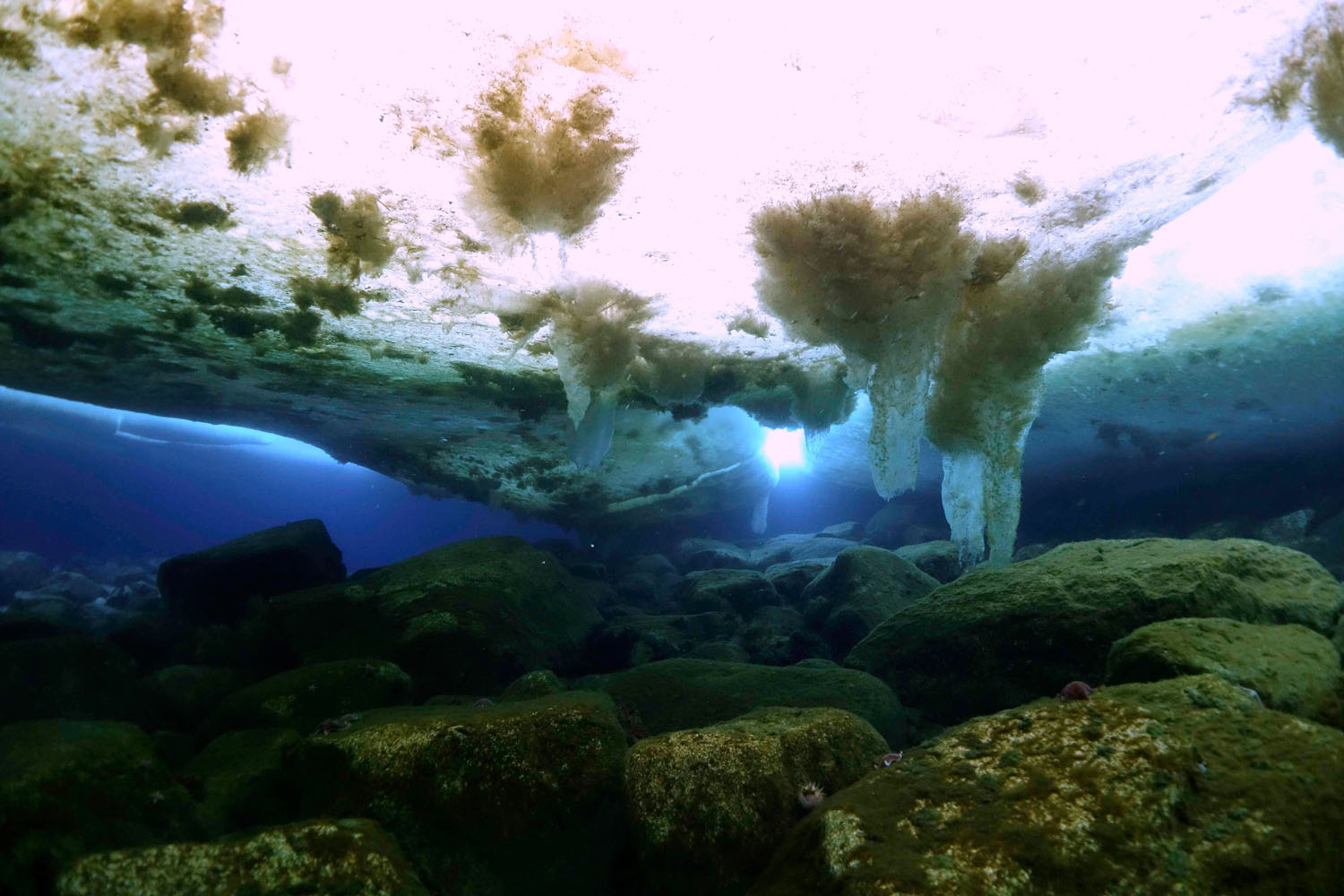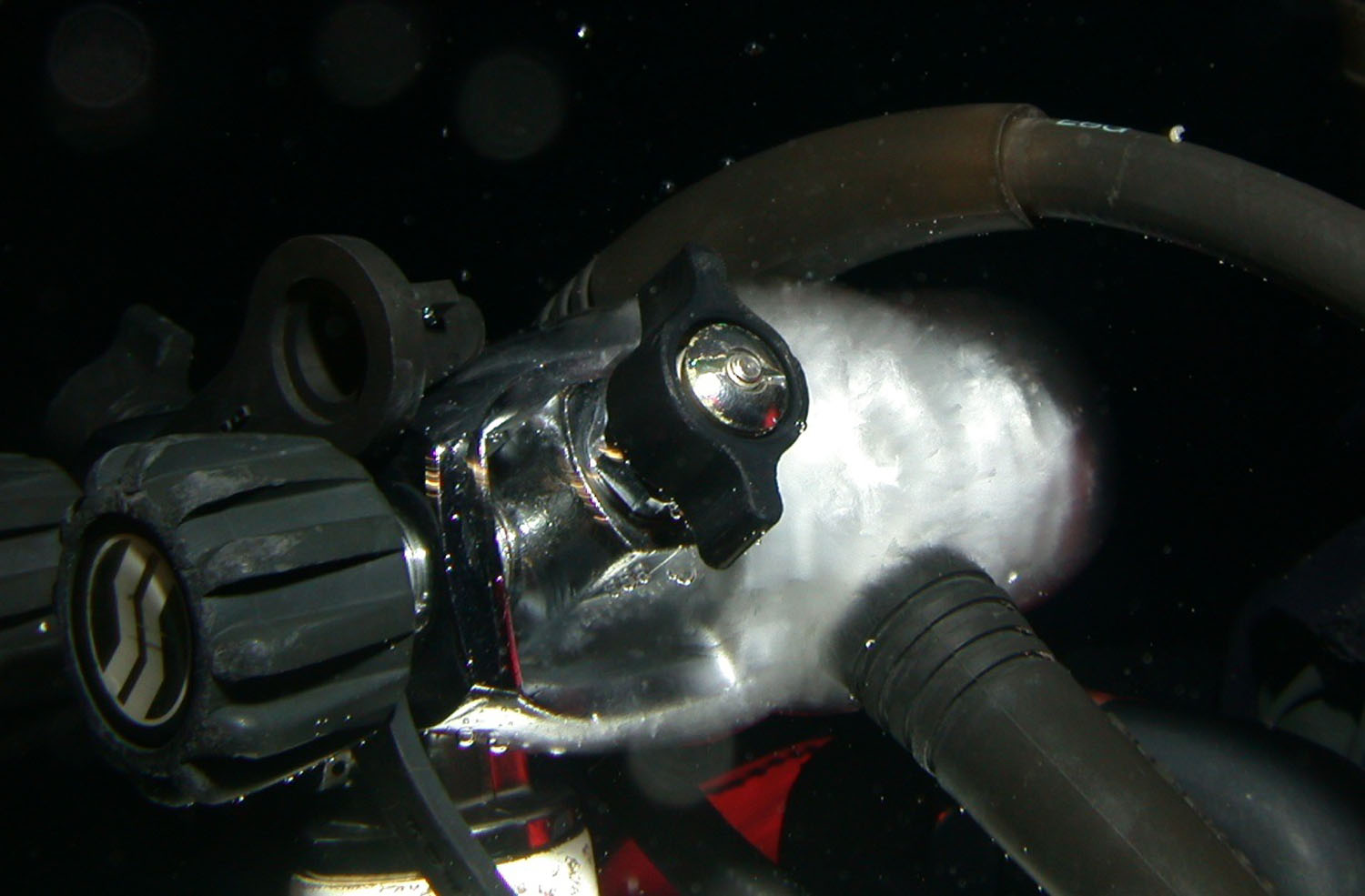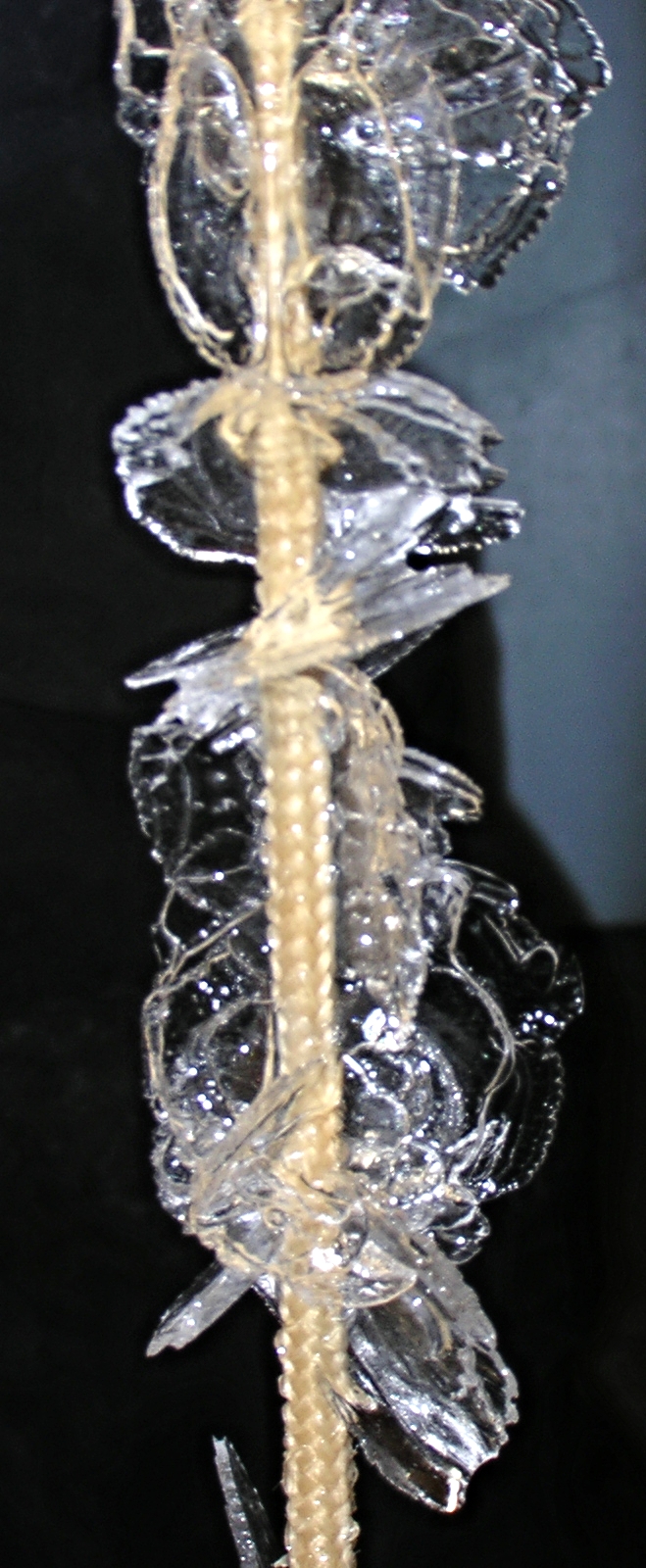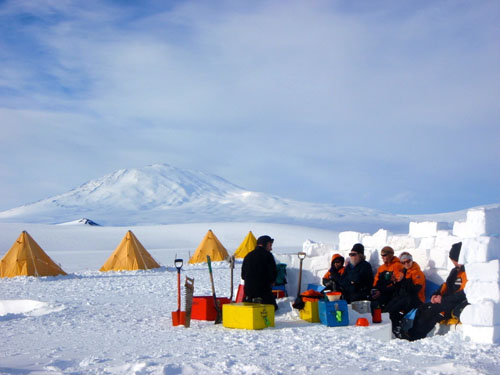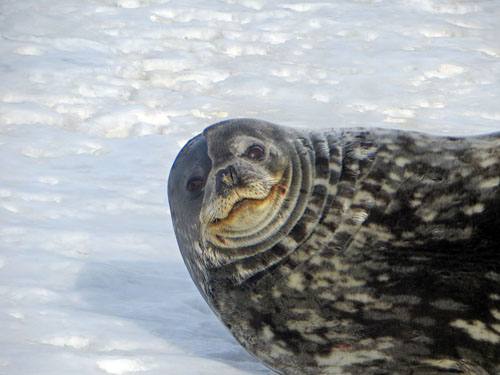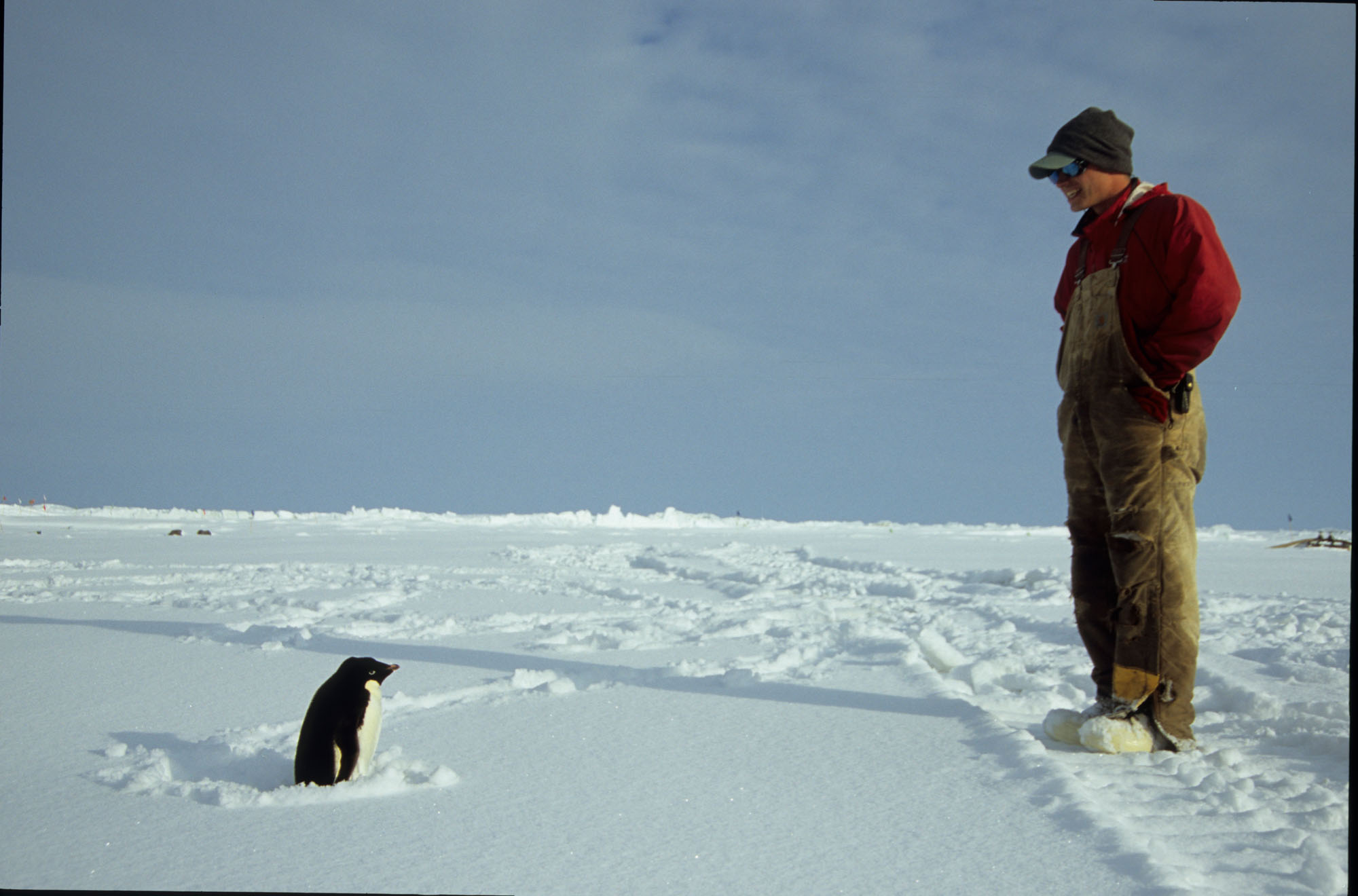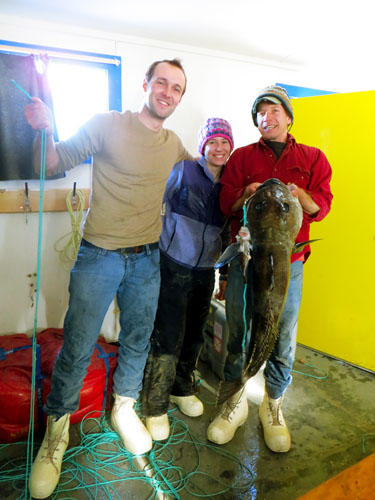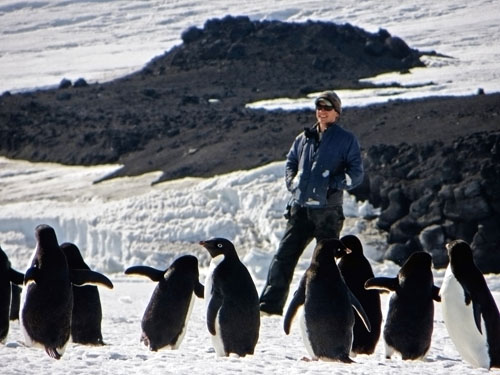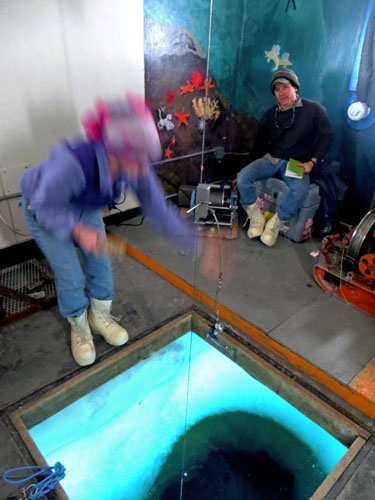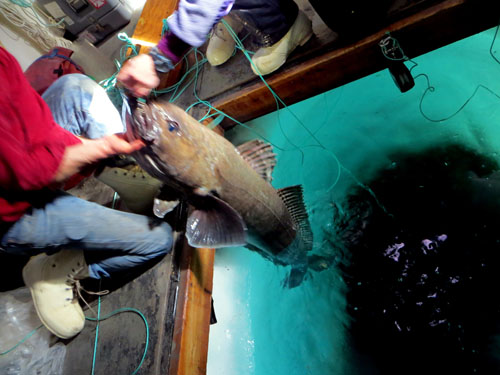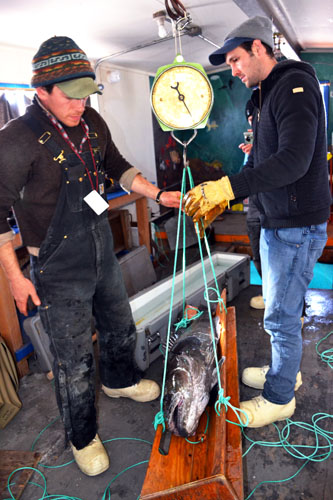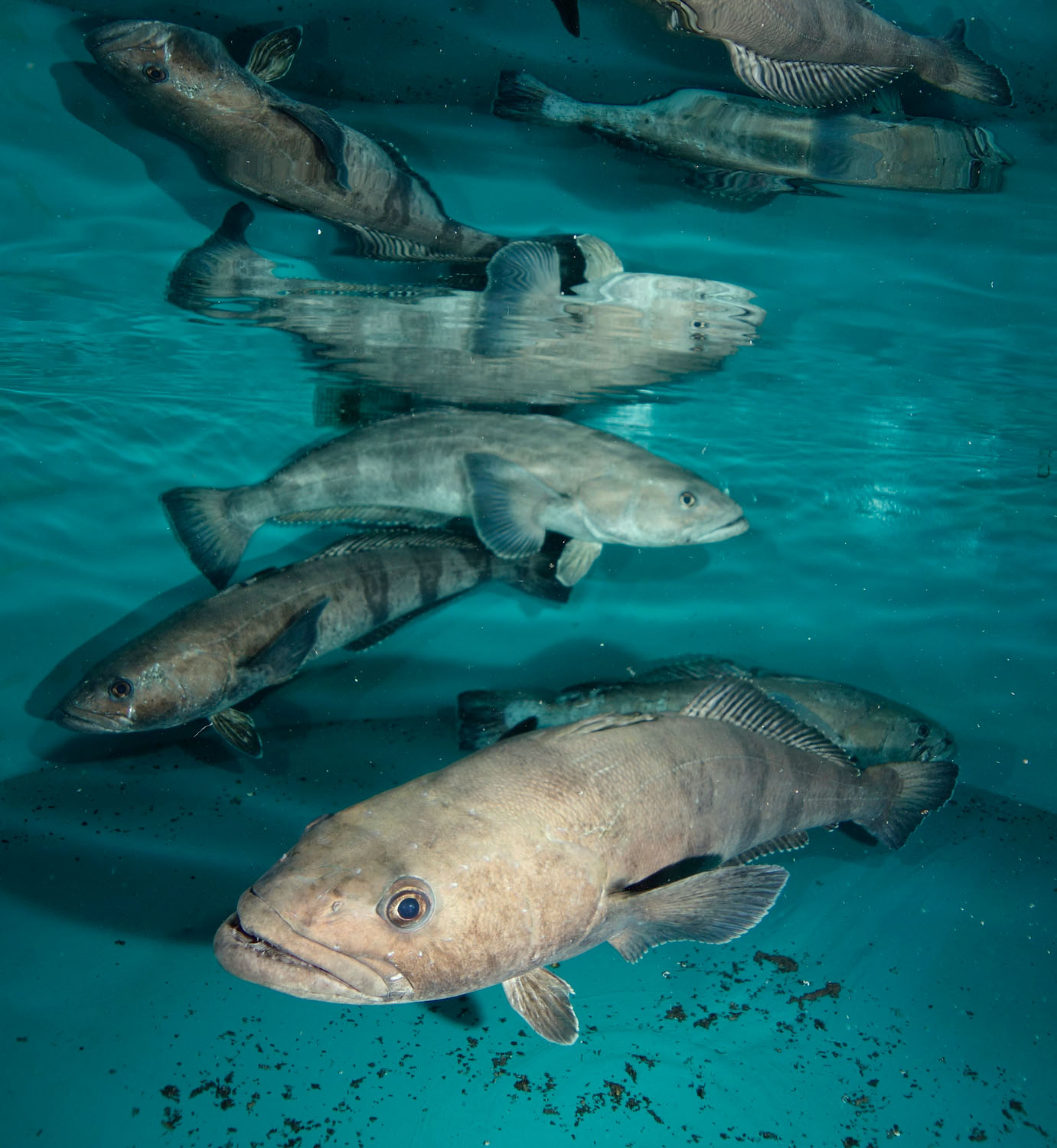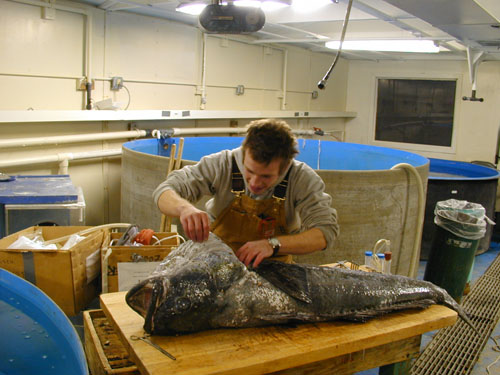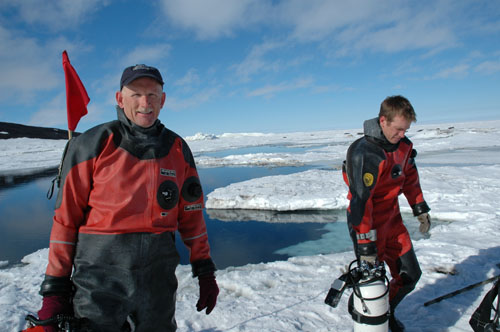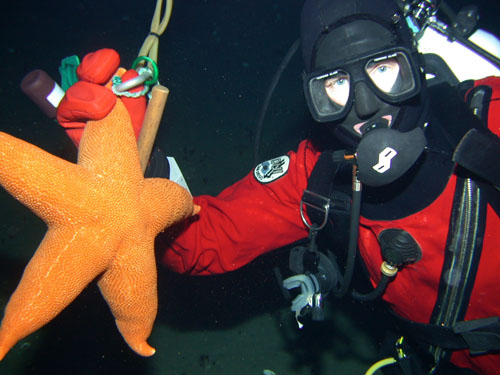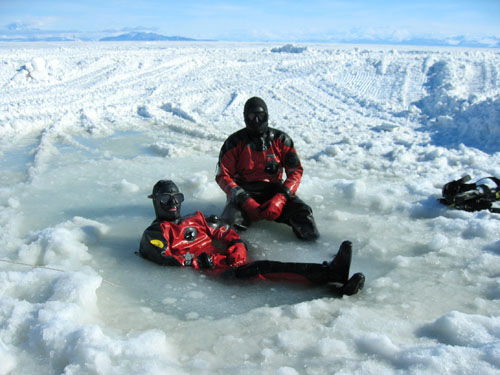











Photos of antarctic fishes and more
A selection of photos from Paul's research work in the world's polar regions.
Photos of antarctic fishes and more
A selection of photos from Paul's research work in the world's polar regions.
All photos are copyrighted. Please request permission before copying or using photos. Thank you.
A single lineage of fishes, the Antarctic notothenioids, dominates the frigid and icy waters around Antarctica. They survive by virtue of special antifreeze proteins that bind to and arrest the growth of ice crystals that invade their bodies.

Photos of diving McMurdo Sound, photos and more
A selection of photos from Paul's research work in the world's polar regions.
Photos of diving McMurdo Sound, photos and more
A selection of photos from Paul's research work in the world's polar regions.
Finding and observing polar fishes sometimes requires diving in 28 ˚F (-2 ˚C) water through 21 foot (6.5 m)-thick sea ice. With a drysuit, it's not as cold as it looks.

Photos of underwater landscapes in McMurdo Sound, photos and more
A selection of photos from Paul's research work in the world's polar regions.
Photos of underwater landscapes in McMurdo Sound, photos and more
A selection of photos from Paul's research work in the world's polar regions.
Otherworldly landscapes greet the SCUBA diver below the sea ice of McMurdo Sound, Antarctica.

Photos under the ice in Antarctica
A selection of photos from Paul's research work in the world's polar regions.
Photos under the ice in Antarctica
A selection of photos from Paul's research work in the world's polar regions.

Paul and ice
Paul and ice
Myriad forms of ice - solid water - shroud the earth's polar regions.

Photos of diving in McMurdo Sound Antarctica and more
A selection of photos from Paul's research work in the world's polar regions.
Photos of diving in McMurdo Sound Antarctica and more
A selection of photos from Paul's research work in the world's polar regions.
McMurdo Sound, at about 78˚ S. latitude, is the highest latitude regularly-accessible marine environment in the Southern Hemisphere.

The giant Antarctic toothfish, photos and more
A selection of photos from Paul's research work in the world's polar regions.
The giant Antarctic toothfish, photos and more
A selection of photos from Paul's research work in the world's polar regions.
Some populations of the large Antarctic Toothfish, Dissostichus mawsoni (a.k.a. Chilean Seabass), are under threat from commercial exploitation.

On top of the ice, photos and more
A selection of photos from Paul's research work in the world's polar regions.
On top of the ice, photos and more
A selection of photos from Paul's research work in the world's polar regions.
Antarctic field work is fraught with difficulty. How would you catch a fish hiding under 21 feet (6.5 m) of sea ice?

Bubbles under the ice, photos and more
A selection of photos from Paul's research work in the world's polar regions.
Bubbles under the ice, photos and more
A selection of photos from Paul's research work in the world's polar regions.

Underwater ice in McMurdo Sound, Photos and more
A selection of photos from Paul's research work in the world's polar regions.
Underwater ice in McMurdo Sound, Photos and more
A selection of photos from Paul's research work in the world's polar regions.
In McMurdo Sound, Antarctica, subfreezing seawater drives the growth of ice on the sea floor, creating special challenges for the resident animals.

Photos and more at the end of the line under the sea ice of Antarctica.
A selection of photos from Paul's research work in the world's polar regions.
Photos and more at the end of the line under the sea ice of Antarctica.
A selection of photos from Paul's research work in the world's polar regions.
